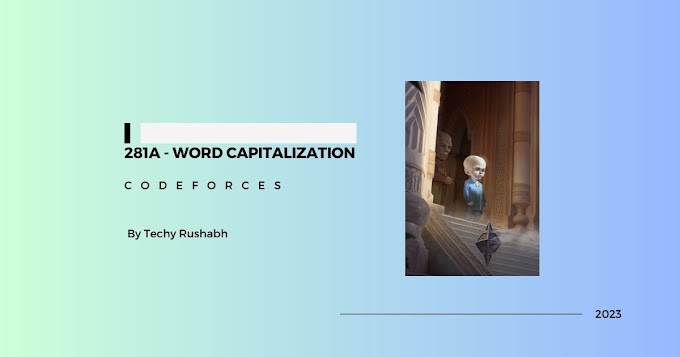Introduction
Imagine a futuristic library filled with billions of books, each containing the answer to any question you might have. Now, picture an AI librarian that can instantly retrieve and summarize the perfect book for your specific need. This is the vision Google researchers, including Yuri Zemlyansky, Mikael De Jong, and Luke Vilness, are striving towards. Their recent paper introduces Memory-VQ, a novel method designed to make AI models more lightweight without sacrificing knowledge or performance. In a world where data is exploding, the need for efficient AI models is more critical than ever.
The Challenge: AI's Growing Memory Footprint
Current AI models often require significant memory and computational resources. As datasets grow exponentially, this problem intensifies. Traditional methods of equipping AI with knowledge involve storing vast amounts of information within the model itself. This becomes incredibly inefficient and limits the practical application of AI in many real-world scenarios. The need for a better approach is clear: how can we give AI access to massive knowledge without the burden of storing it all?
Retrieval Augmentation: Borrowing Knowledge Instead of Owning It
The solution lies in retrieval augmentation. This technique allows AI models to access external knowledge bases instead of relying solely on their internal memory. Think of it as the AI model "borrowing" information from the library when needed. One example of this is Lumen, a memory-based model that pre-computes token representations for retrieved passages, significantly speeding up inference. Lumen is capable of generating high-quality images, videos, and speech, and performs speaker conversion and unsupervised learning of phonemes. However, Lumen, and similar memory-based methods, introduce a new problem: large storage requirements for these pre-computed representations. This is like carrying the entire library around with you, even when you only need one book.
Memory-VQ: Compressing Knowledge with Vector Quantization
Enter Memory-VQ. This innovative method reduces storage requirements for memory-augmented models without sacrificing performance. Memory-VQ compresses memories using vector quantization and replaces the original memory vectors with integer codes that can be decompressed on the fly. This is analogous to converting bulky hardcover books into space-saving e-books. The core technology behind Memory-VQ is the Vector Quantization Variational Autoencoder (VQVAE). A VQVAE compresses data by mapping similar vectors to the same code word in a codebook. By using VQVAE, memory-veq can reduce the size of the memory vectors by replacing them with integer codes that correspond to the code words in the codebook.
How Vector Quantization Works:
Vector quantization uses a vector quantization variational autoencoder, or VQVAE, to compress data. A VQVAE is a type of variational autoencoder that uses vector quantization to obtain a discrete latent representation. It differs from VAEs in two key ways:
- The encoder network outputs discrete rather than continuous codes.
- The prior is learned rather than static.
Lumen-VQ: A 16x Compression Breakthrough
The researchers applied Memory-VQ to the Lumen model, creating Lumen-VQ. Lumen-VQ achieves a remarkable 16x compression rate while maintaining comparable performance on the KILT benchmark. KILT is a collection of knowledge-intensive tasks designed to evaluate a model's ability to generate natural language from structured data. Lumen-VQ enables practical retrieval augmentation, even with extremely large retrieval corpora.
The Future of AI: Accessible and Integrated
Memory-VQ represents a significant step towards making AI more accessible and integrated into our lives. By reducing storage requirements and computational costs, this technology paves the way for powerful AI applications on smartphones and edge devices, without the need for cloud servers or expensive hardware. Imagine embedding powerful AI into our daily routines without worrying about storage limitations or prohibitive costs. This research isn't just a technical advancement; it's a step towards a more democratized and ubiquitous AI-powered future.
Conclusion
Memory-VQ represents a significant advancement in AI, offering a path to more efficient and accessible models. By leveraging vector quantization to compress knowledge, Google's researchers have addressed a critical challenge in the field, paving the way for wider adoption and integration of AI in our daily lives. The key takeaways are:
- Current AI models require large memory which is not sustainable.
- Retrieval augmentation is the best approach to provide knowledge to the models.
- Vector Quantization is the best method to compress the knowledge.
- Memory-VQ allows a 16x compression of the data with no performance impact.
Keywords:
- Memory-VQ
- Retrieval Augmentation
- Vector Quantization
- KILT Benchmark
- AI Compression




0 Comments